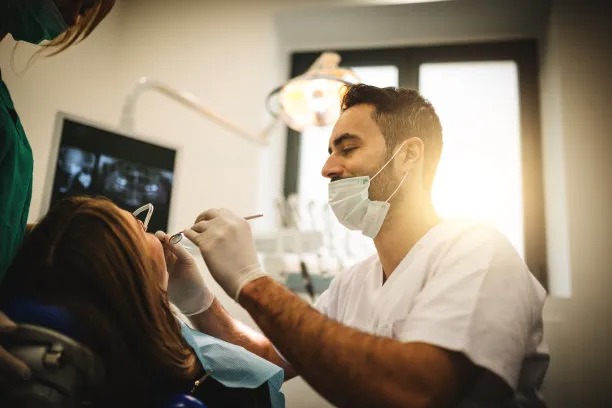The Essential Guide to Safely Extracting a Tooth at Home When Professional Help Isnt Available
Summary: Extracting a tooth at home can seem daunting, especially when professional dental assistance is unavailable. This guide offers a comprehensive approach for safely managing a tooth extraction on your own. It emphasizes the importance of preparation, understanding the underlying conditions of the tooth, employing proper techniques to minimize pain and infection, and post-extraction care to ensure a safe recovery. While home extraction may be necessary in certain situations, caution and thorough knowledge are paramount to mitigate risks and complications. This article aims to equip readers with essential information and practical steps for handling this dental emergency responsibly.
1. Importance of Preparation Before Extraction

Before attempting a tooth extraction at home, proper preparation is crucial. Gathering the necessary tools and materials can make the process smoother and safer. Essential items include sterilized dental tweezers, a clean cloth, cotton balls, and antiseptic solutions. These supplies will help ensure that the extraction environment remains as hygienic as possible, minimizing the chance of infection.
Additionally, it’s important to assess the specific tooth that needs extraction. Understanding whether the tooth is completely decayed, impacted, or loose can inform your approach. A consultation with dental friends or family members can provide valuable insights into the situation and help you gauge whether extraction is truly necessary.
Lastly, make sure to choose a time when you can take care of yourself post-extraction. Avoid planning the procedure on a busy day, as recovery needs attention and rest. Selecting an optimal time can make all the difference in ensuring a safe extraction.
2. Understanding the Tooth and Its Conditions
A clear understanding of dental anatomy and the specific condition of your tooth will guide you in the extraction process. For instance, determine whether the tooth is a baby tooth or an adult tooth, as this will affect the extraction technique. Baby teeth are generally easier to remove, since they have less rooting and are often already loose.
If the tooth is impacted or has deep roots, extraction can become complicated. Recognizing these conditions will help set realistic expectations about the procedure and the potential discomfort that may follow. In severe cases, even with all preparations, you should consider reaching out to a professional dentist if possible.
Furthermore, its essential to identify any potential underlying issues, such as infections or gum disease. Noting symptoms like swelling, continuous pain, or fever can indicate that its better to seek professional assistance rather than attempting extraction at home.
3. Techniques for Safe Tooth Extraction
When youre ready to extract the tooth, implementing proper techniques can significantly reduce pain and complications. Begin by rinsing your mouth with warm salt water to cleanse the area, providing a sterile environment for the procedure. This step not only minimizes bacteria but also prepares the gum for extraction.
Next, use dental tweezers to gently grasp the tooth. Use a rocking motion to loosen it from the gum line. Do not pull hard, as this may cause unnecessary damage to the surrounding gums and jawbone. Gradually wiggle the tooth until it starts to come loose; patience is key in this stage.
If you encounter resistance with the extraction, pause and apply more antiseptic solution. This helps to ease any discomfort and further sterilizes the area. Remember that if significant pain occurs, or if the tooth does not budge after a reasonable effort, it may be best to stop and consult a dental professional.
4. Post-Extraction Care for Quick Recovery
After successfully extracting the tooth, immediate care is paramount to ensure proper healing. Bite down gently on a clean cotton ball or gauze to control bleeding. It’s essential to maintain pressure for at least 30 minutes to help blood clot and minimize bleeding.
Once the bleeding has subsided, avoid vigorous rinsing, spitting, or sucking actions as they may dislodge the clot and delay healing. Opt for soft foods and maintain hydration without irritating the extraction site. Staying within a soft food diet will help mitigate discomfort as you recover.
Lastly, monitor the extraction site for any signs of infection such as increased pain, swelling, or pus discharge. If you experience these symptoms or if the bleeding continues beyond a few hours, it’s critical to seek professional medical help immediately to avoid further complications.
In conclusion, while extracting a tooth at home can be a necessity in certain situations, it is equally important to proceed with caution. Ensuring adequate preparation, comprehending the conditions of the tooth, employing prudent extraction techniques, and establishing a robust post-extraction care regimen are crucial steps toward a successful outcome. Always prioritize your health and safety, and do not hesitate to reach out for professional help if the situation escalates.
This article is compiled by Vickong Dental and the content is for reference only.



